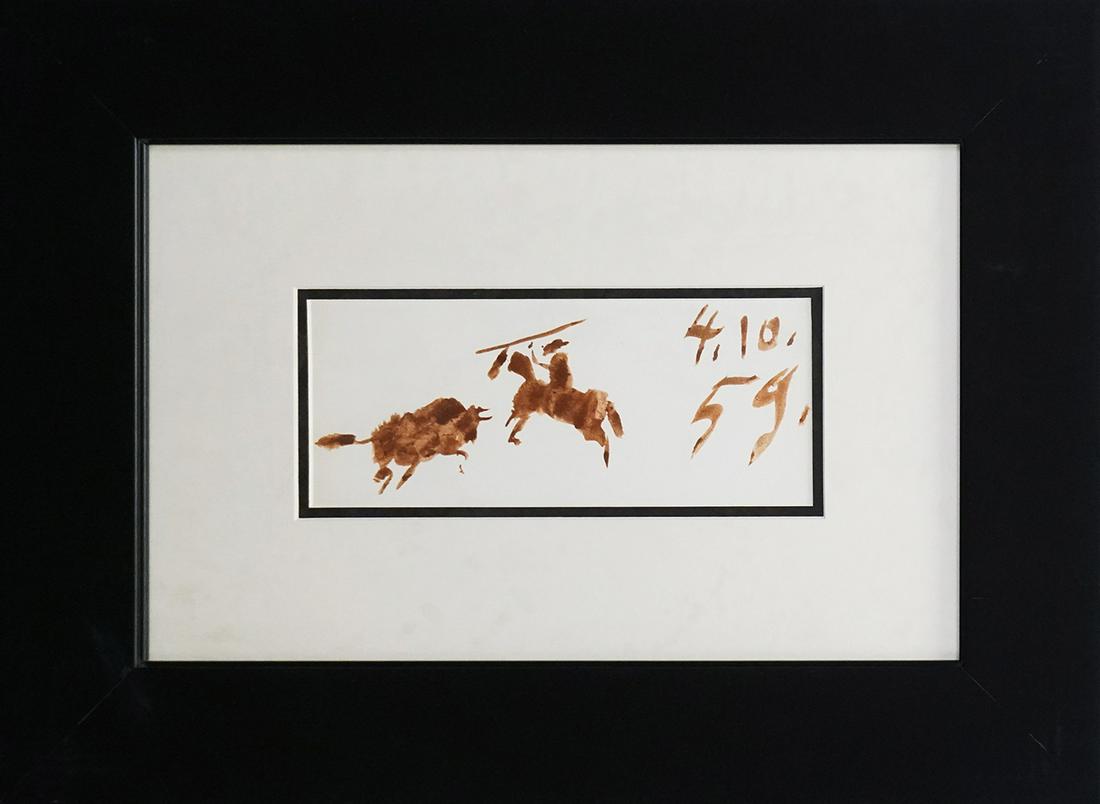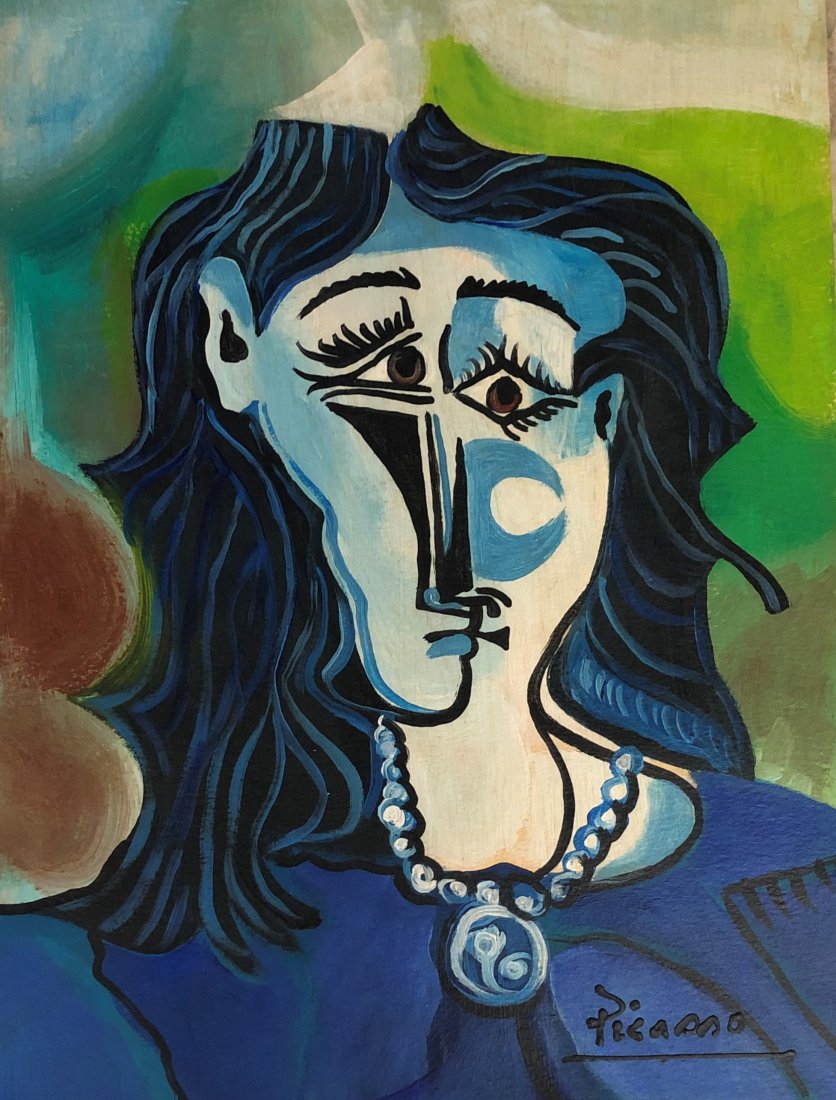

To understand where the term cubism comes from, we have to digress on the rivalry that existed between Picasso and Matisse.

Although largely abstract, the faceted technique still produces a recognizable image of the subject. Many paintings of analytical cubism are faceted (see for instance Georges Braque's "Mandola", below), a technique that allows the artist to disect and reconstruct his subject in a way that depicts its essence rather than its appearance. Analytical cubism lasted until 1911 and is characterized by monochrome, relatively unemotional paintings that depict rather uneventful subjects, such as still lives. Les Demoiselles d'Avignon represents Picasso's époque negre which was inspired by African art and overlaps the first phase in cubism, which is called analytical cubism. Arriving at the concept of depicting an object as seen from different viewpoints independently, Pablo Picasso and Georges Braque soon became good friends and went on to develop the visual language of cubism in close cooperation, an alliance that Picasso would sometimes call a marriage. In this painting Picasso depicts human figures by making use of several viewpoints, which became one of the characteristic features of cubism. Braque had studied Cézanne's method of representing three dimensions as seen from several viewpoints, in the same year (1907) that Picasso created his Les Demoiselles d'Avignon. Now we know that he has to share to honor with Georges Braque. Use markers to color each shape, with no two shapes that are next to each other colored the same.During the early days of cubism historians attributed the creation of cubism to one man: Pablo Picasso. Trace over all your pencil lines with a “fine” black Sharpie, then erase any pencil lines that are still showing.ġ0.

Erase any lines that create shapes that are too small to color in.ĩ. Use these lines to create interesting shapes within your drawing. Next, draw a “figure 8” (vertically) over the top of your portrait and a rectangle (horizontally) across it. Add a curved line on both sides of the head for ears and draw the hair as a shape rather than individual lines.Ĩ. Draw a simple “C” or “backwards C” to indicate a nostril on the profile side of your drawing.ħ. Draw only outlines of shapes – nothing filled in yet!Ħ. Now add the eyes and outline the shapes for the eyebrows above them. You are creating both a profile and front view simultaneously!ĥ. Find the lips and draw a sideways “V” shape on both sides, with a line through the middle from corner to corner. Next draw a curvy line down the middle of your oval, to simulate the shape (forehead, nose, lips and chin) of a profile-view portrait.Ĥ. With pencil, draw a large oval shape, filling most of the paper.ģ.

They may even want to draw Picasso himself!Ģ. Students may work from a photograph or from life to create their portrait. Click here to read her instructions and watch a step-by-step slide show! I chose to teach my lesson a little differently, using markers, bright colors and different types of lines for contrast – rather than focusing just on value, which I think would be a great idea for older kids. I adapted this lesson from a project I found on Miss Julie’s Place – Art Lessons for Kids. Studying his fascinating life and very original art will help both children and adults alike to develop a greater appreciation for all styles of abstract art! As one of the most recognized figures in 20th-century art, Picasso is best known for co-founding the Cubist movement and for the wide variety of styles embodied in his work. Pablo Picasso (1881-1973) was a prolific Spanish artist who produced over 20,000 drawings, paintings, prints and sculptures during his 70 year career. Nothing beats abstract art for getting kids to loosen up and just have fun with being creative! Not having to worry about making your picture look “realistic” really takes the pressure off, and for many, can be a totally freeing experience!


 0 kommentar(er)
0 kommentar(er)
